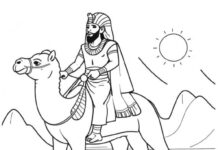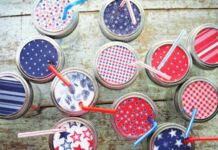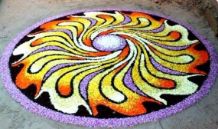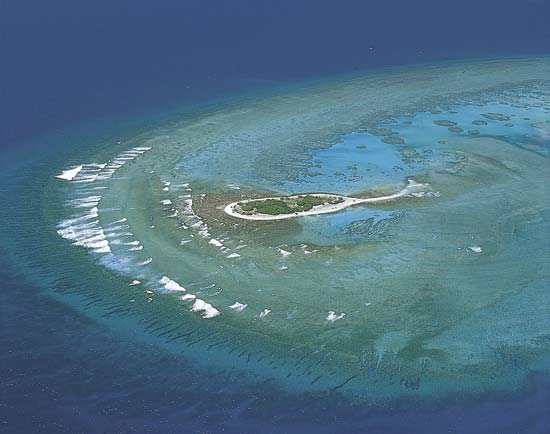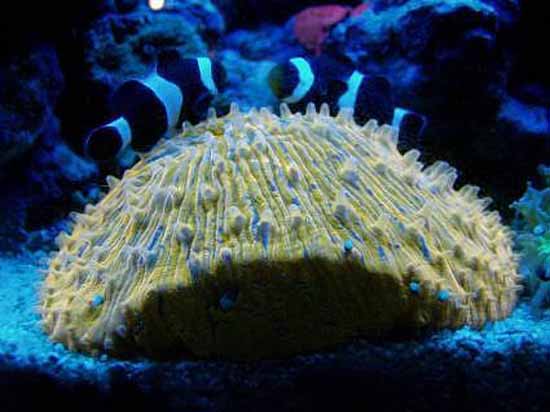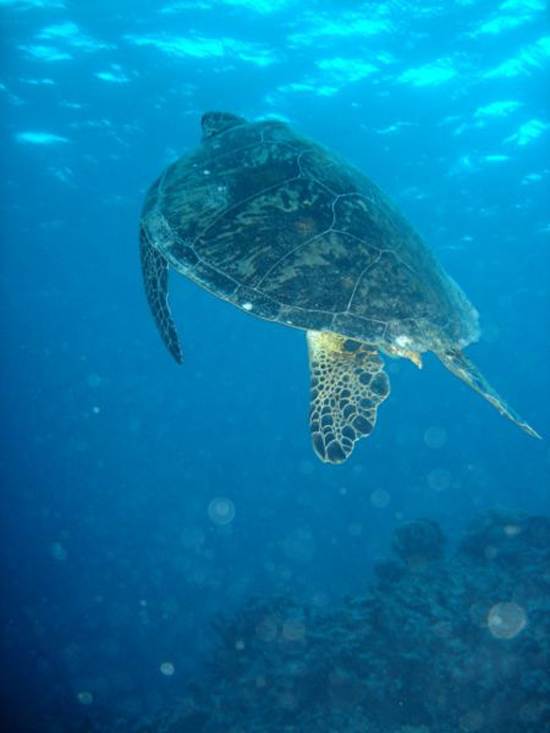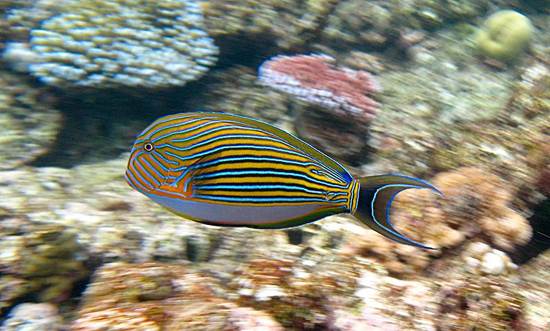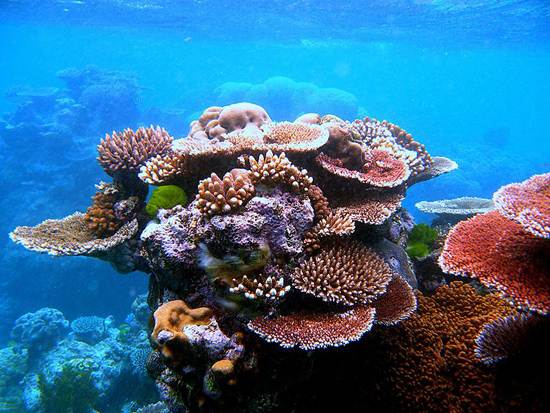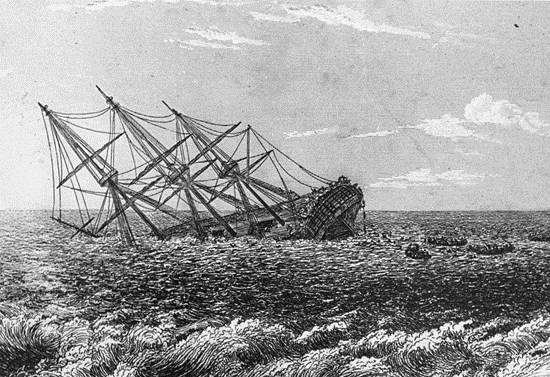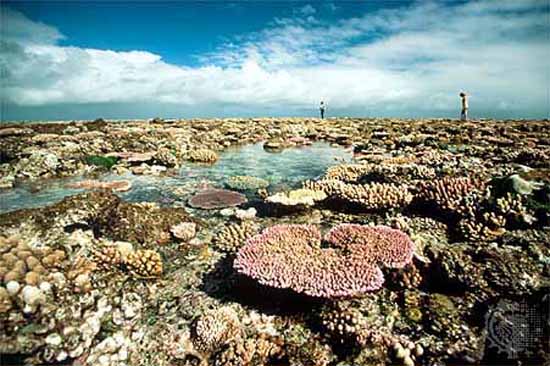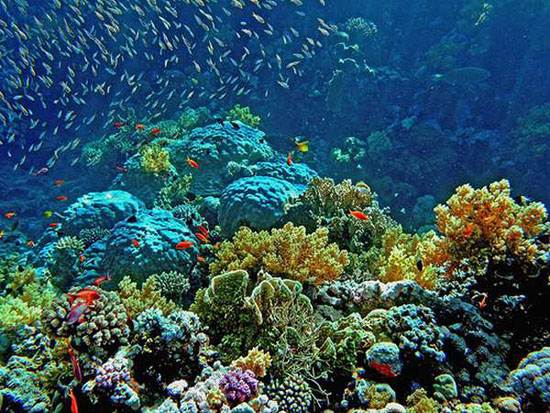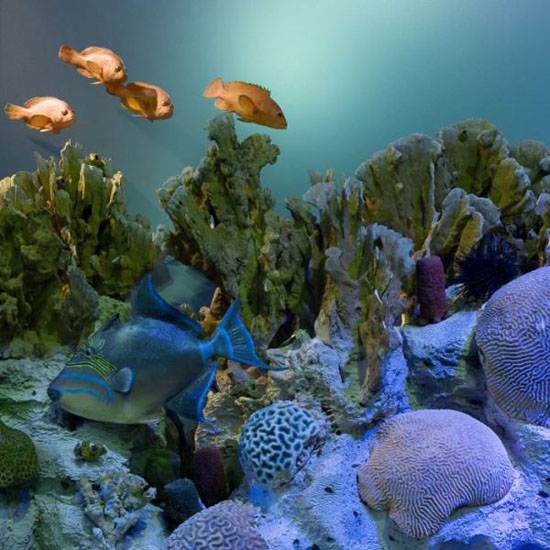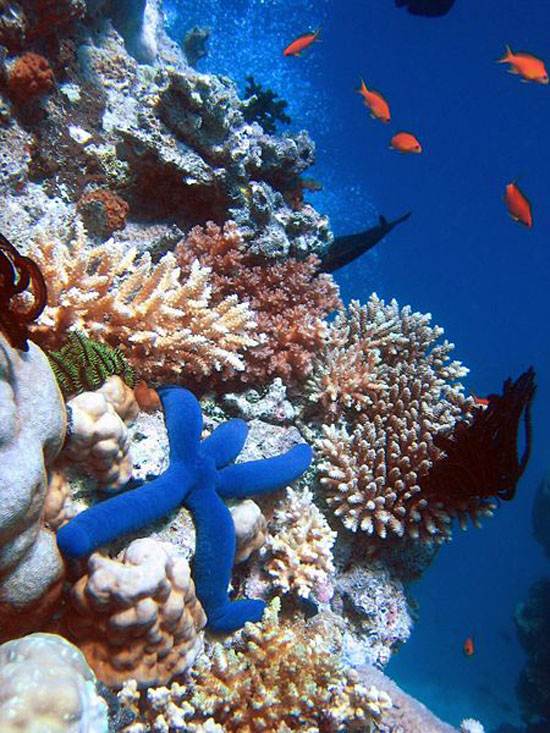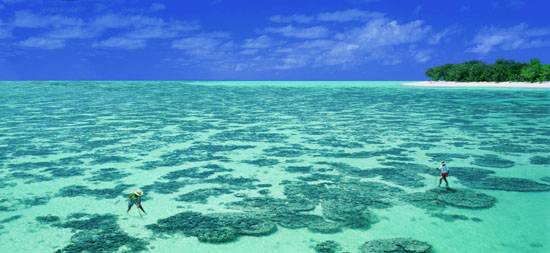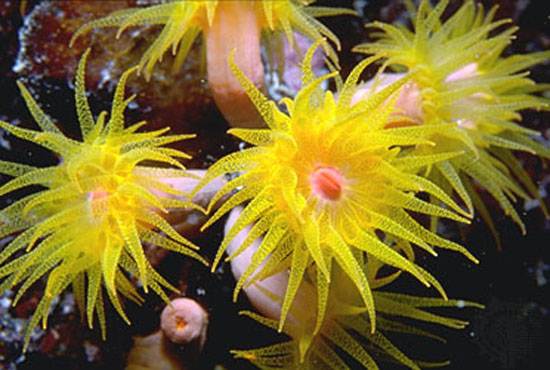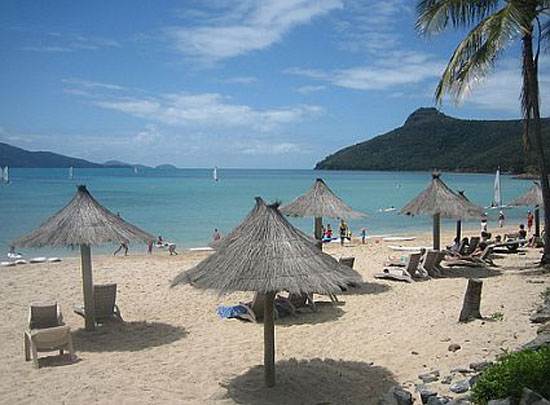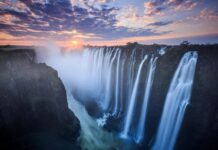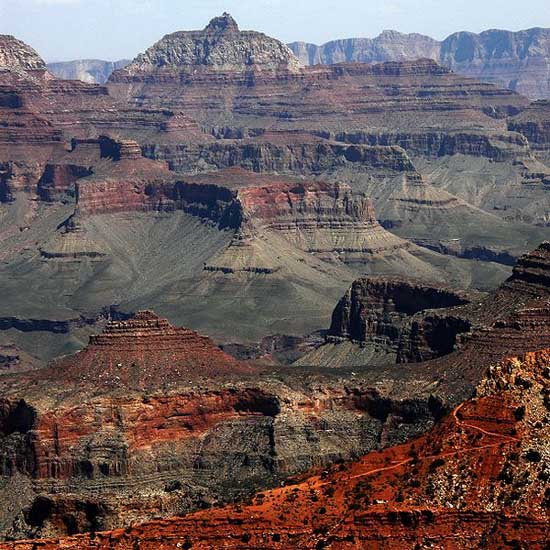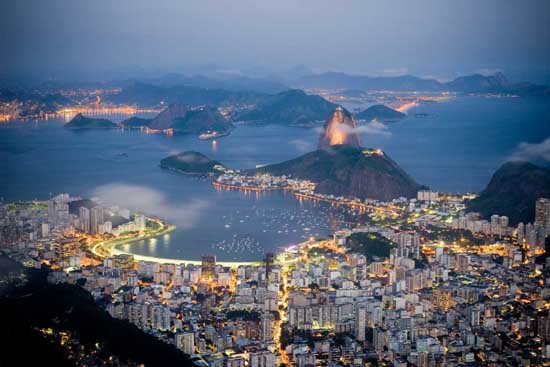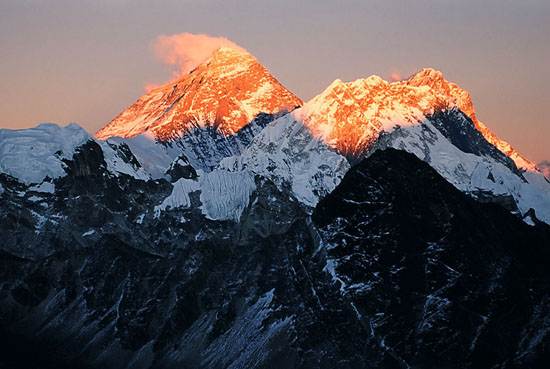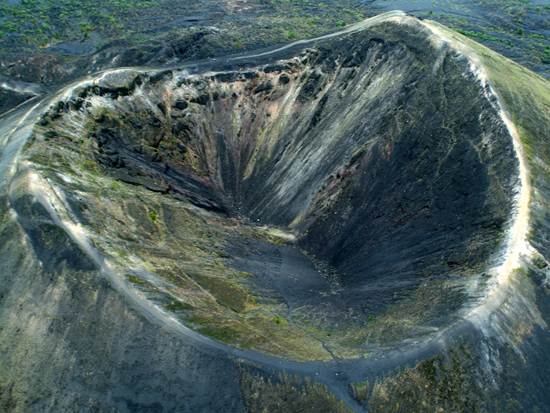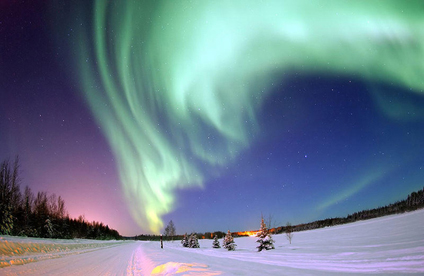Traveling to Australia where the Great Barrier Reef is a The Natural Gift, is blessed with the breathtaking beauty of the world’s largest coral reef.The Great Barrier Reef is one of the most visited regions in Australia. The Great Barrier Reef of Australia is an extensive complex of islets, shoals and, of course, coral reefs. In the Pacific Ocean off the northeastern coast of Australia. This wonder has been characterized as the biggest structure that living creatures have ever built.
The Reef expands over 1,250 miles to the northwest-southeast, at about 10 to 100 miles offshore, and is about 135, 00 square miles in area. This reef supports a wide diversity of life, and was selected as a World Heritage Site in 1981. And the first comprehensive report on the state of the World Heritage area was produced in 1997.
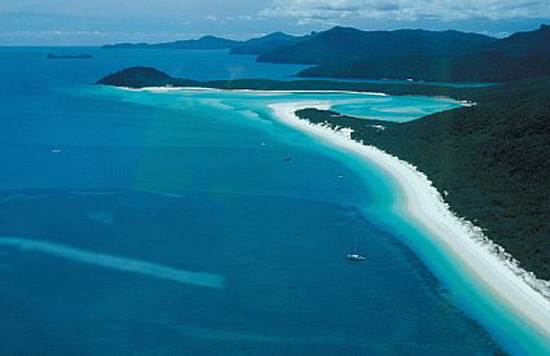
Composed of over 2,900 individual reefs and 900 islands stretching for over 2,600 kilometers (1,600 mi) over an area of approximately 344,400 square kilometers (133,000 sq mi). They have all been formed from the skeletal waste and skeletons of a living marine organism mass over the course of millions of years. The “bricks” in the reef framework are formed by the calcareous remains of the tiny creatures known as coral polyps and hydrocorals. While the “cement” that binds these remains together is formed in large part by coralline algae and bryozoans. The interstices of this framework have been filled in by vast quantities of skeletal waste produced by the pounding of the waves and the depredations of boring organisms. A large part of the reef is protected by the Great Barrier Reef Marine Park, which helps to limit the impact of human use, such as fishing and traveling tourism. Other environmental pressures on the reef and its ecosystem include runoff, climate change accompanied by mass coral bleaching, and cyclic population outbreaks of the crown-of-thorns starfish. Great Barrier Reef had a scientific interest, and has become increasingly important as a traveling tourist attraction. In 1768, Louis de Bougainville found the reef during an exploratory mission, but did not claim the area for the French. On June 11, 1770, the traveling British explorer captain James Cook, ran aground on the Great Barrier Reef, sustaining considerable damage. Lightening the ship and re-floating it during an incoming tide eventually saved it. His exploratory mission of charting channels and passages through the maze of reefs, begun by Cook, continued during the 19th century. One of the most famous wrecks was the HMS Pandora, which sank on August 29, 1791, killing 35. The wreck of the Pandora was discovered in 1977 and was immediately declared a protected site under the Australian Historic Shipwrecks Act 1976. It is located approximately 5 km north-west of Moulter Cay.
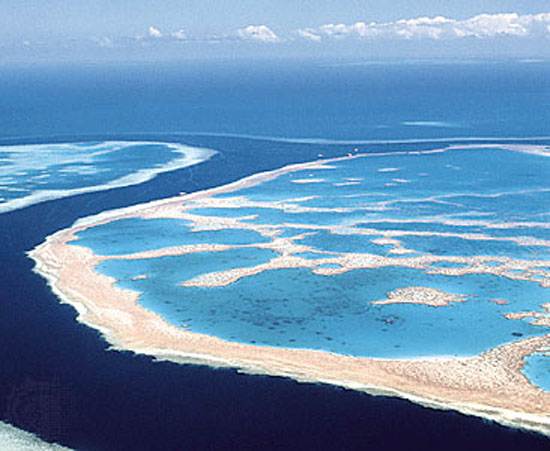
In 2007 was labeled as one of the seven natural wonders of the world ,and amongst the Seven underwater Wonders of the World, since it contains-
-30 species of whales, dolphins, and porpoises, including the dwarf minke whale, Indo-Pacific humpback dolphin, and the humpback whale.
-6 species of sea turtles: green sea turtle, leatherback sea turtle, hawksbill turtle, loggerhead sea turtle, flat back turtle, and the olive rudely.
-15 species of seagrass.
– Saltwater crocodiles live in mangrove and salt marshes on the coast near the reef
– 125 species of shark, stingray, skates or chimera.
– 5,000 species of mollusk have been recorded on the reef, including the giant clam, various nudibranchs and cone snails.
-49 species of pipefish and nine species of seahorse.
– 7 species of frogs (.At least)
-17 species of sea snake.
– 1,500 fish species to include the clownfish, red bass, and red-throat emperor.
– 330 species of ascidians.
– 300-500 species of bryozoans live on the reef.
-400 coral species, both hard corals and soft corals inhabit the reef.
-500 species of marine algae or seaweed.
In 5\ 12\2010
A coal-carrying ship that strayed outside a shipping lane and ran aground in protected waters was leaking oil on Australia’s Great Barrier Reef and was in danger of breaking apart. The Chinese Shen Neng 1 ran aground late Saturday on Douglas Shoals, a favorite pristine haunt for recreational fishing east of the Great Keppel Island tourist resort. The shoals – off the coast of Queensland state in the Great Barrier Reef Marine Park – are in a protected part of the reef where shipping is restricted by environmental law. Authorities fear an oil spill will damage the world’s largest coral reef, which is off northeast Australia and listed as a World Heritage site.






